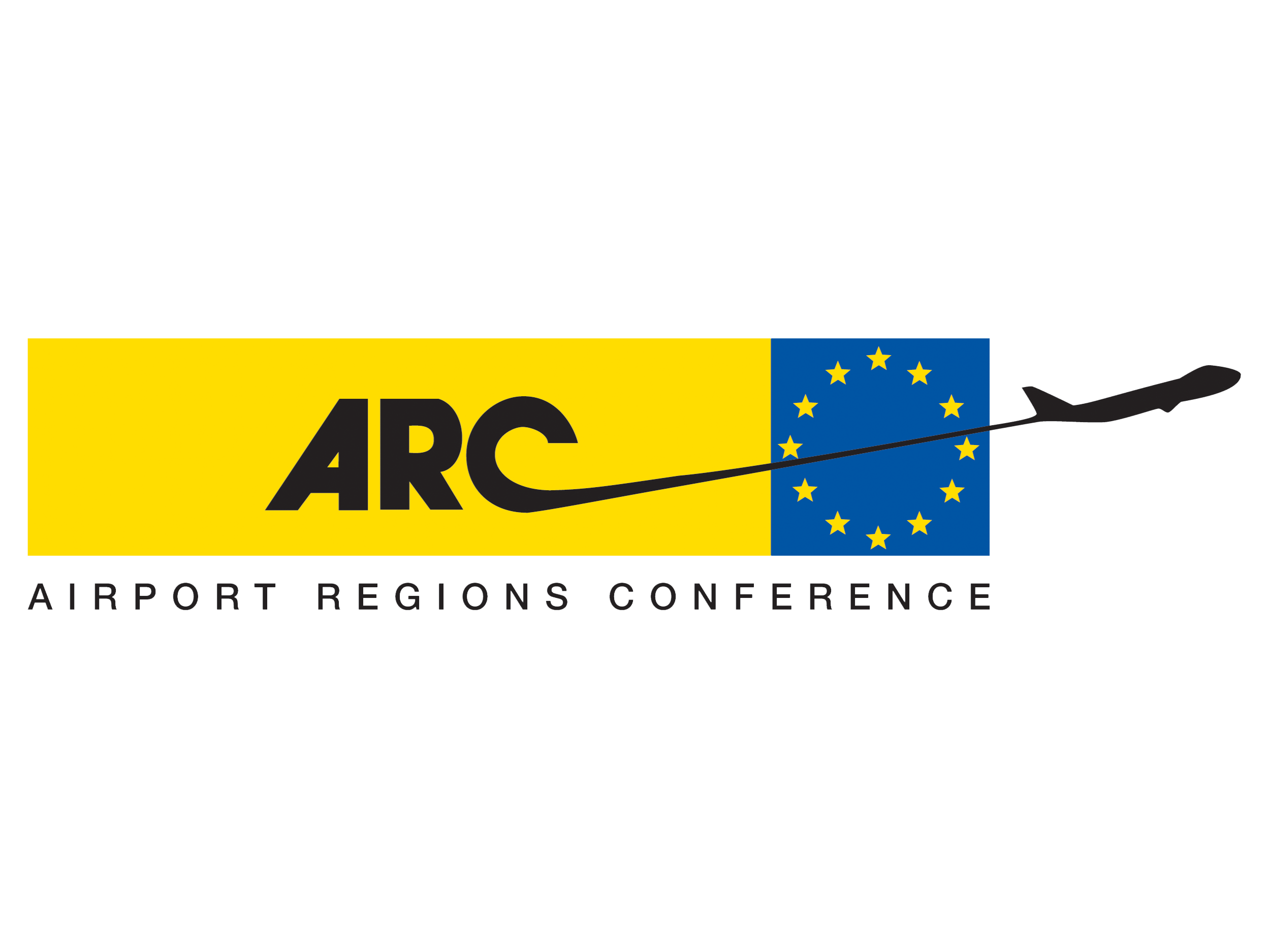Webinar on Decarbonising Aviation and Waterborne Transport
- Airport Regions

- Nov 16, 2020
- 2 min read
The Airport Regions Council (ARC), the Conference of Peripheral Maritime Regions (CPMR) together with the Romanian Research and Development Institute for Gas Turbines (COMOTI) in association with the European Commission’s Directorate-General for Research and Innovation (DG RTD), have organised a webinar on the topic of decarbonisation of aviation and waterborne transport.
Expected Outcome:
• Overview of the EU decarbonisation strategies in the aviation and waterborne transport R&I
communities
• Improving knowledge on actions to be taken based on local solutions
• Gaining an understanding of transferable solutions between aviation and waterborne transport sectors
• Identifying ways to share best practices between sectoral isolated R&I initiatives and
provide cost-effective transferrable solutions across sectors and regions;
• Discussions for preparing a possible side event jointly between aviation and waterborne
in the context of COP26.
The EU Agenda – Regional Approach
Under the Paris Agreement, the EU has set the 2030 climate and energy targets as an important step to reach net-zero greenhouse gas emissions by 2050 at the latest. The EU’s ambitious targets have been confirmed and further strengthened in the European Green Deal. Transport, including aviation and waterborne, will have a key role in the EU decarbonisation efforts to reach a climate-neutral and competitive Europe. While there is significant untapped potential to reduce aviation and shipping emissions cost-effectively, several existing best
solutions are either not known, or remain at the level of innovation(s) with significant potential
to be scaled up. In addition to contributing to the climate objectives and ensuring territorial cohesion, developing regional solutions would establish the EU as a global leader, leading by example, and as an industrial front-runner.
Rationale: In order to shape the climate policies of tomorrow, we need to draw from the successes of recent years. This webinar will bring together communities from aviation and waterborne transport to exchange best practices, identify opportunities to learn by doing, particularly with regards to transferable solutions across transport modes. Existing gaps need to be identified, mostly with regards to innovations having great potential to mitigate climate change, once they are developed and reach the market maturity.



